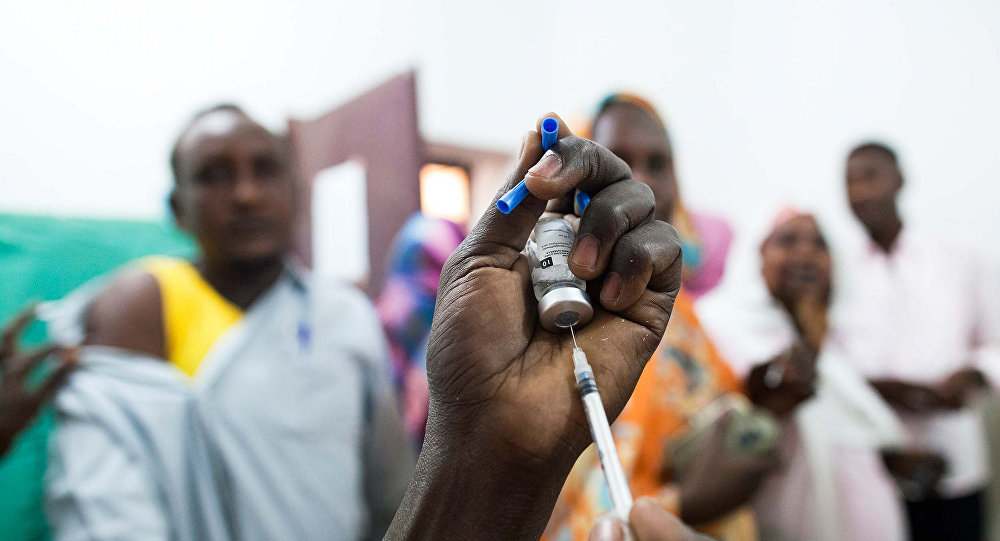-
Tips for becoming a good boxer - November 6, 2020
-
7 expert tips for making your hens night a memorable one - November 6, 2020
-
5 reasons to host your Christmas party on a cruise boat - November 6, 2020
-
What to do when you’re charged with a crime - November 6, 2020
-
Should you get one or multiple dogs? Here’s all you need to know - November 3, 2020
-
A Guide: How to Build Your Very Own Magic Mirror - February 14, 2019
-
Our Top Inspirational Baseball Stars - November 24, 2018
-
Five Tech Tools That Will Help You Turn Your Blog into a Business - November 24, 2018
-
How to Indulge on Vacation without Expanding Your Waist - November 9, 2018
-
5 Strategies for Businesses to Appeal to Today’s Increasingly Mobile-Crazed Customers - November 9, 2018
Yellow fever outbreak could spread to Europe
So far, 16 million people in Angola and DRC have been vaccinated against yellow fever, and the World Health Organization said they have plans to vaccinate 14 million more before October, when the rainy mosquito season begins.
Advertisement
DAKAR, Senegal (AP) – A massive emergency vaccination campaign began Wednesday in Congo against the largest yellow fever outbreak in decades, trying to stop its global spread.
Several people have been killed since the outbreak spread from Angola. Brazzaville-the Republic of Congo’s capital-is just across the border from Kinshasa, one of the biggest cities in Africa.
Yellow fever is spread by certain types of mosquito and is mainly found in sub-Saharan Africa, South America and parts of the Caribbean.
The WHO warned the figures could rise to 10 to 50 times higher, describing it as the worst outbreak since 1992, when it took six years to contain the virus and more than 4,500 people died.
Since the outbreak of the disease in December, the WHO’s latest estimates put the number of dead at 369 in Angola and 16 in the DRC, with almost 6,000 suspected and confirmed cases in both countries.
“According to World Health Organization, the vaccine campaign, “… hinged on the availability of vaccines donated by the Brazilian government and … also required the purchase and shipment of 10 million specialized 0.1 mL syringes, to ensure the right amount is used for every vaccination”.
Health officials expect to vaccinate 14 million people over the next 10 days, including 8.5 million in Kinshasa, where there are fears of a far wider spread.
The same team successfully supported the Ministry of Health in vaccinating more than 221,000 people in the town of Boma in western DRC in May.
Yellow fever is usually spread by mosquitoes.
There is a preventative vaccine for yellow fever, but there is no treatment once the disease has been contracted. A full dose of vaccine provides lifetime immunity; the smaller, so-called “fractionalized” dose provides stop-gap immunity for about a year.
The decision to give people one-fifth of the normal dose of vaccine – known as fractional dosing – was taken by WHO’s strategic advisory group of experts on immunization. However, this emergency campaign needs to be completed before the rainy season begins in September, in spite of its scale.
“We’ve got to urgently reach as many children and families as we can with the supplies that are left, and this is the only way we are able to do that right now”. The WHO says the current deadly outbreak is particularly worrisome because, for the first time, it is occurring in densely populated urban areas where immunity is very low and the risk of it spreading is high.
Advertisement
Seven countries (Brazil, Chad, Colombia, Ghana, Guinea, Peru and Uganda) are now reporting yellow fever outbreaks or sporadic cases not linked to the Angolan outbreak.





























